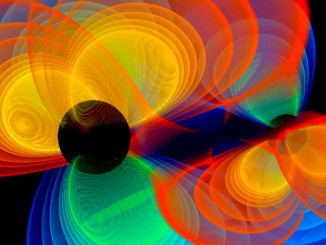
University of Cambridge

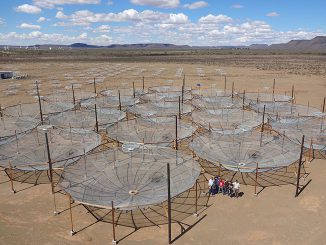
What happened after the lights came on in the universe?
The National Science Foundation has approved funding to expand the Hydrogen Epoch of Reionisation Array (HERA) in South Africa. Upgrading the number of antennas from 19 to 240 by the year 2018 will enable HERA to study more clearly the impact of cosmic dawn, the moment a few hundred million years after the Big Bang when the first stars and galaxies blazed awake.

Astronomers identify a young heavyweight star in the Milky Way
Researchers have identified a young star, located almost 11,000 light-years away, which could help us understand how the most massive stars in the universe are formed. This star, already more than 30 times the mass of our Sun, is still in the process of gathering material from its parent molecular cloud, and may be even more massive when it finally reaches adulthood.
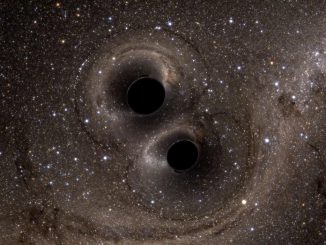
Using gravitational waves to catch runaway intergalactic black holes
Researchers at the University of Cambridge have developed a new method for detecting and measuring one of the most powerful, and most mysterious, events in the universe — a black hole being kicked out of its host galaxy and into intergalactic space at speeds as high as 5,000 kilometres per second (11 million miles per hour).
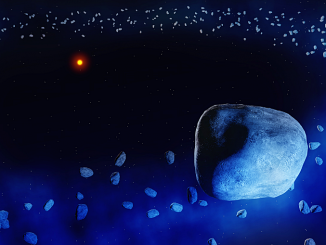
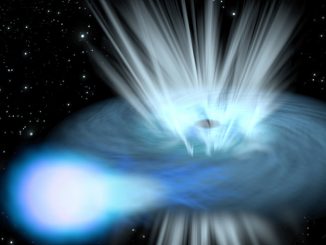
Winds a quarter the speed of light seen leaving mysterious X-ray binary systems
Two black holes in nearby galaxies have been observed in X-rays by ESA’s XMM-Newton space observatory devouring their companion stars at a rate exceeding classically understood limits, and in the process, kicking out matter into surrounding space at astonishing speeds of around a quarter the speed of light.

Map of rocky exoplanet reveals a lava world
An international team of astronomers, led by the University of Cambridge, has obtained the most detailed ‘fingerprint’ of a rocky planet outside our solar system to date, and found a planet of two halves: one that is almost completely molten, and the other which is almost completely solid. Exoplanet 55 Cancri e lies 40 light-years from the Sun.

Five-dimensional black hole could ‘break’ general relativity
Researchers from the University of Cambridge and Queen Mary University of London have shown how a bizarrely shaped black hole could cause Einstein’s general theory of relativity, a foundation of modern physics, to break down. However, such an object could only exist in a universe with five or more dimensions.

Proof that some galaxies are LIERs
You might think that astronomers could easily tell the difference between a black hole and a white dwarf — but nature can be deceptive. Astronomers from the Sloan Digital Sky Survey (SDSS) have just announced the results of a new study that reveals the true origin of puzzling light from nearby galaxies.
